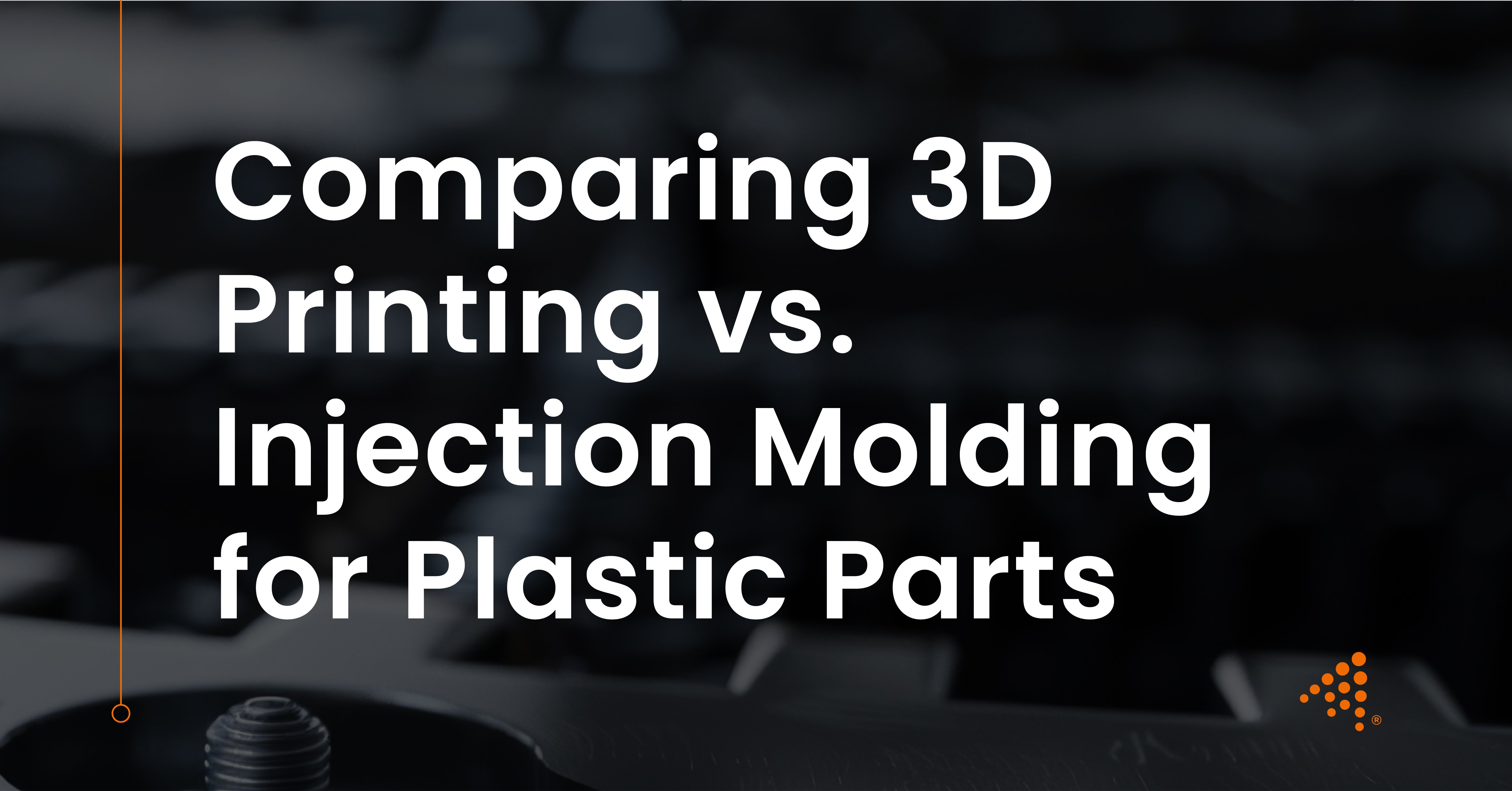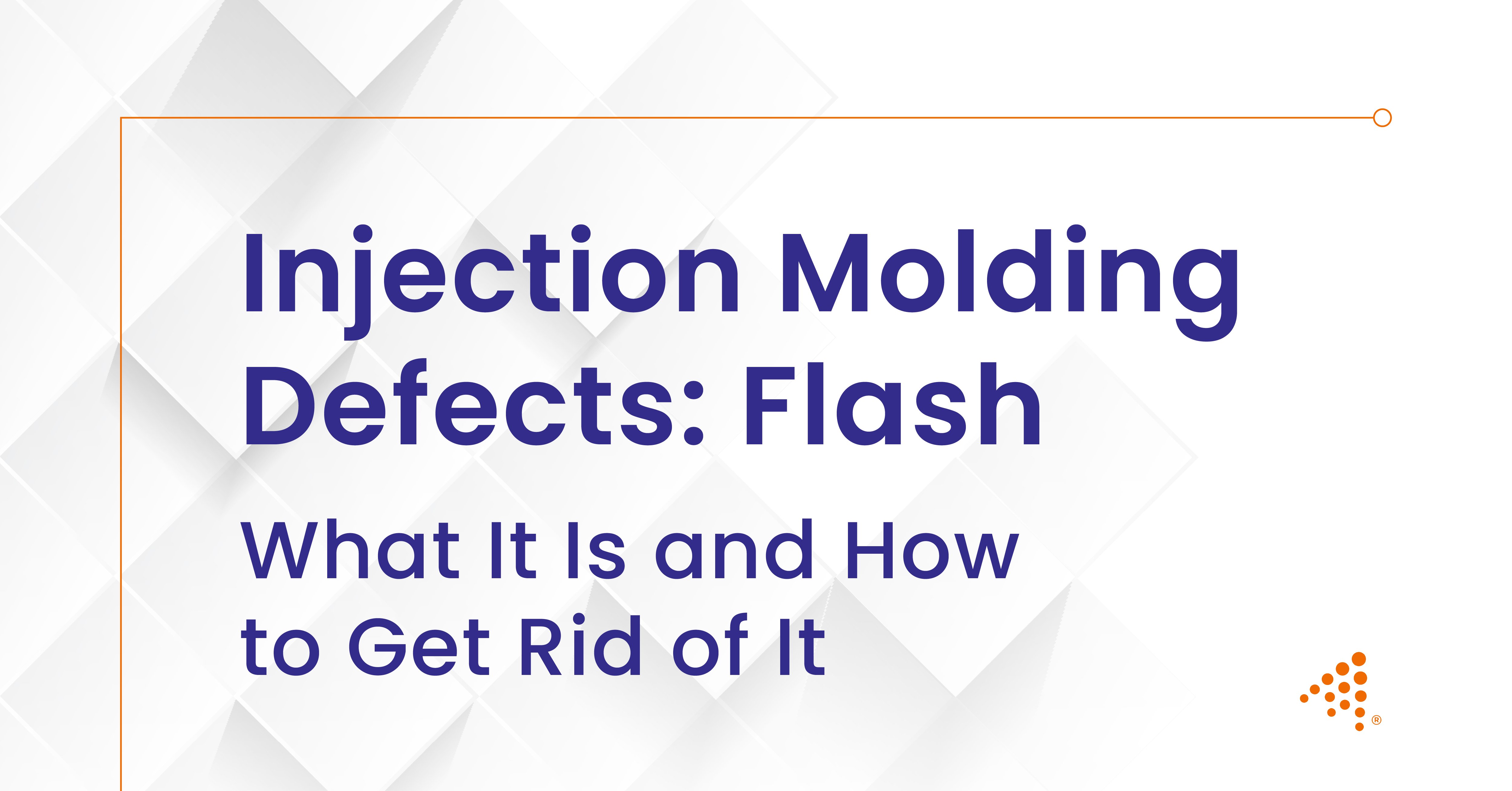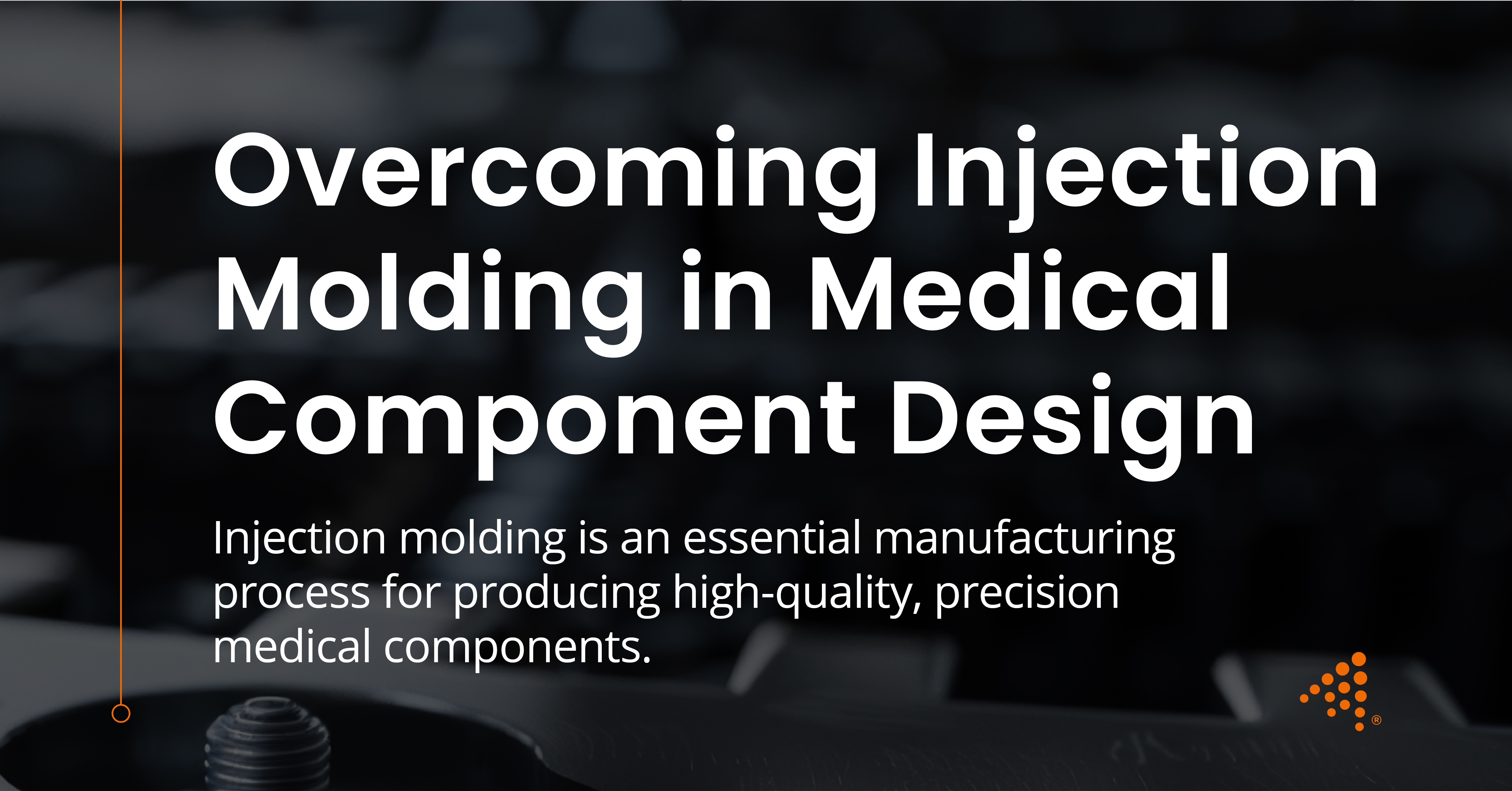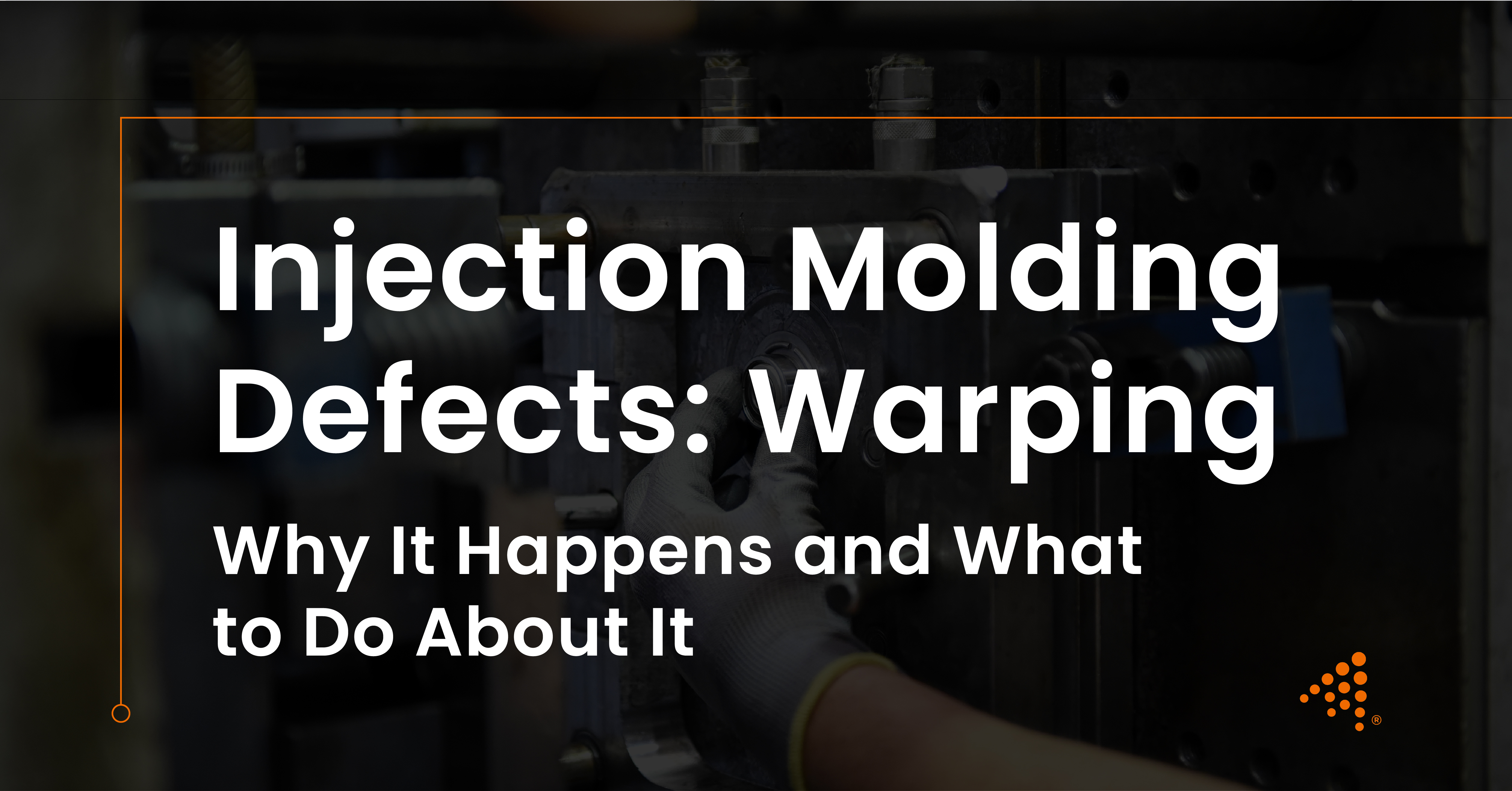Injection Molding Defects: Flash – What It Is and How to Get Rid of It
In precision injection molding, the goal is always a perfect part that matches the design specifications exactly. However, various defects can arise...
4 min read
Nick Erickson : Jul 22, 2025 9:01:00 AM

3D printing and injection molding are two of the most common manufacturing processes used to produce plastic parts. While each method has distinct advantages and is suited for different applications, they are not mutually exclusive. Many projects begin with 3D Printed Prototypes using additive manufacturing services before transitioning to injection molding services for higher production volumes.
Read More About EPU 41: High-Performance Elastomeric Polyurethane Resin

3D printing, also known as additive manufacturing, constructs three-dimensional objects layer by layer from a digital file. The most common techniques include Fused Deposition Modeling (FDM) and Stereolithography (SLA).

Injection molding is a manufacturing process that creates parts by injecting molten material into a custom-made mold. It is the industry standard for producing later-stage prototypes and high-volume production parts using injection molding tooling.
Read More About Seamless Project Management at Aprios Custom MFG
Choosing between 3D printing and injection molding depends on your project's specific requirements. Key factors include production volume, budget, development timeline, strength requirements, and design complexity. The experts at Aprios can help you determine the best process for your needs, offering both additive manufacturing solutions and custom injection molding solutions tailored for speed, precision, and reliability.
We’re more than just a design and manufacturing company—we’re your innovation partner. Whether you need Design for Additive Manufacturing (DfAM), injection mold design services, or end-to-end design for manufacturing services, Aprios delivers high-quality outcomes backed by deep industry expertise and advanced capabilities.

In precision injection molding, the goal is always a perfect part that matches the design specifications exactly. However, various defects can arise...

Injection molding is an essential manufacturing process for producing high-quality, precision medical components where device reliability and patient...

Dimensional accuracy is essential in the field of precision injection molding. However, even when a part is molded to exact specifications, it can...